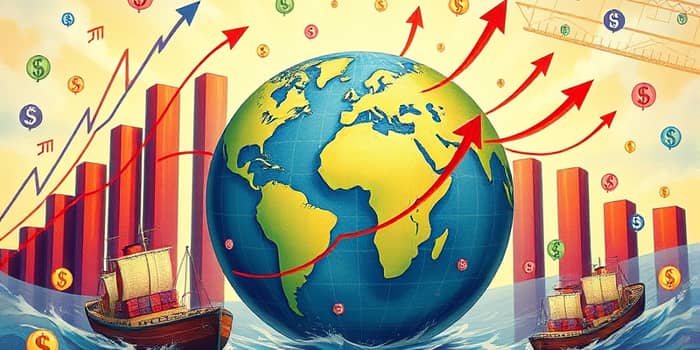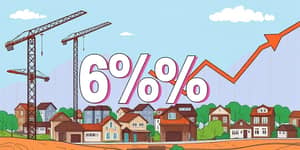
Global inflation surged to unprecedented heights in 2022, driven by the aftermath of the COVID-19 pandemic, geopolitical conflict, and persistent supply chain strains. Although headline rates have moderated from a near 9% peak, they remain persistently elevated compared to pre-pandemic levels. Policymakers, businesses, and consumers now face the challenge of adapting to a new pricing paradigm.
The International Monetary Fund projects a global inflation rate of 4.0% for 2025, up slightly from 3.9% in late 2024. Short-term expectations have ticked upward, while long-term forecasts remain anchored around 3.8% by 2028. Yet, contrasting analyses—such as those from Morgan Stanley—anticipate a sharper descent to 2.1% in 2025 and 2.0% in 2026, citing weaker demand and currency appreciation.
Across regions, advanced economies are seeing more pronounced relief compared to emerging markets, where price pressures linger. Data from the World Bank’s comprehensive database underscores how emerging markets facing steeper price pressures continue to battle food and energy costs at a higher clip.
As inflation exerts upward pressure on consumer wallets, global growth forecasts have been trimmed. The world economy is expected to expand by 2.9% in 2025 and 2.8% in 2026—the slowest pace since the pandemic—but still ahead of historical averages.
These factors have combined to yield heightened uncertainty and supply chain disruptions that undermine both demand and business confidence.
Central banks have begun to pivot from aggressive tightening to a more accommodative stance. With most regions witnessing eased price pressures—apart from pockets like the U.S.—the Federal Reserve is likely to keep rates on hold until early 2026. Meanwhile, major governments are gearing up increased spending, expanding deficits to support growth.
Germany’s projected fiscal shortfall is poised to reach its highest since reunification, and China is balancing stimulus with long-term debt concerns. Together, these moves reflect a policy trade-off between strong central bank dovish pivot expected in 2025 and fiscal burden.
Certain industries bear the brunt of lingering price increases. For instance, tire costs have soared over 21% in two years, outpacing overall inflation and forcing many drivers into financing plans just to maintain safe vehicles.
Households across income brackets report coping strategies that range from delayed maintenance to tapping high-interest credit. Many are forced many households to borrow or fundraise for essentials, underscoring the persistence of price pressures even as headline figures recede.
Elevated tariffs and trade uncertainties have chipped away at global demand. Should restrictions escalate to previous peaks, some regions could slip into recession. Conversely, easing barriers offers a pathway to renewed investment and productivity gains.
In this context, technology and deregulation present silver linings. Companies are channeling capital into automation and data analytics, betting that investments in artificial intelligence driving productivity growth will offset cost headwinds.
Beyond numbers, inflation’s ripple effects manifest in shifting social dynamics. Rising living costs have sparked grassroots fundraising campaigns and community credit unions, reflecting resilience but also highlighting systemic vulnerability.
Looking ahead, balancing demand management with growth support will be critical. Policymakers must guard against complacency as prices stabilize, ensuring that inflation expectations stay anchored and that the most vulnerable are protected.
In this evolving landscape, stakeholders—from central banks to individual consumers—must adapt strategies. By combining prudent policy with innovation, it is possible to emerge from inflation’s grip with healthier, more resilient markets.
References













